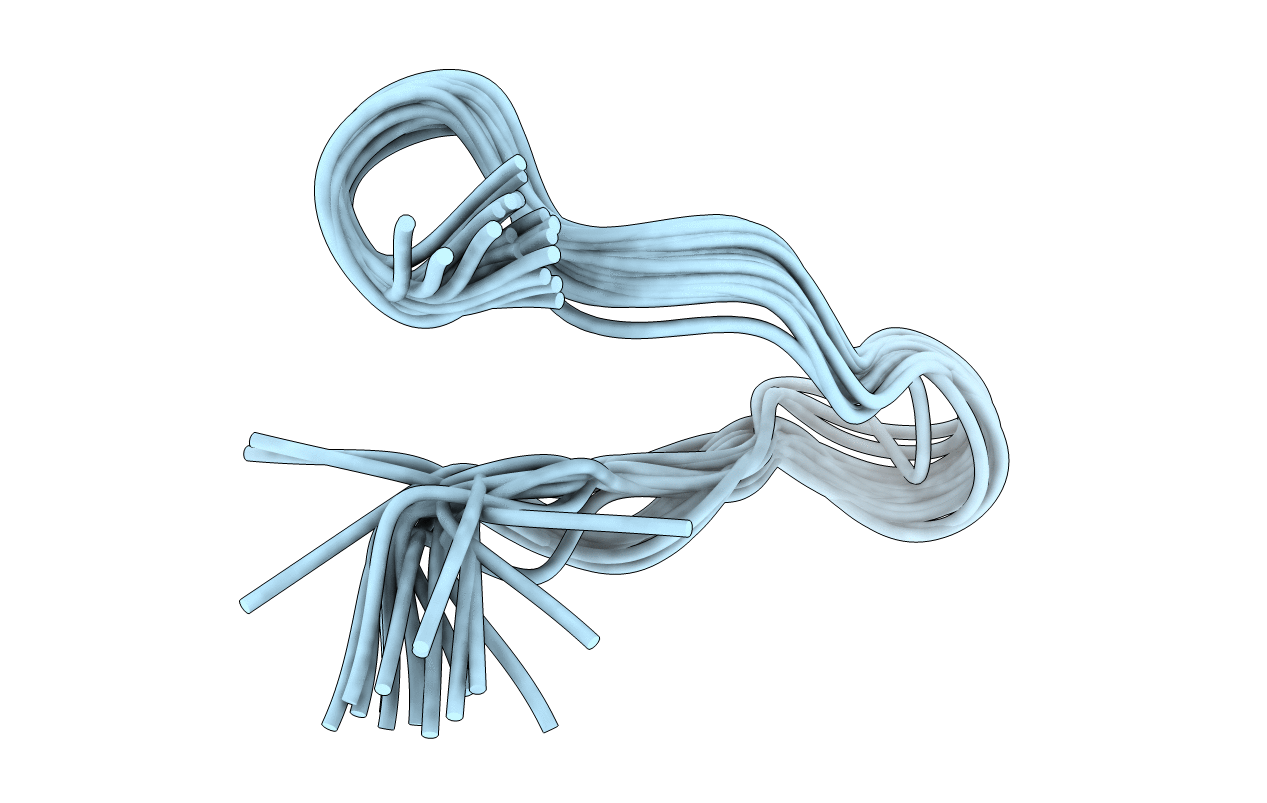
Deposition Date
2017-09-10
Release Date
2018-09-12
Last Version Date
2024-11-20
Method Details:
Experimental Method:
Conformers Calculated:
200
Conformers Submitted:
20
Selection Criteria:
Target function and stereochemical quality judged by Molprobity


